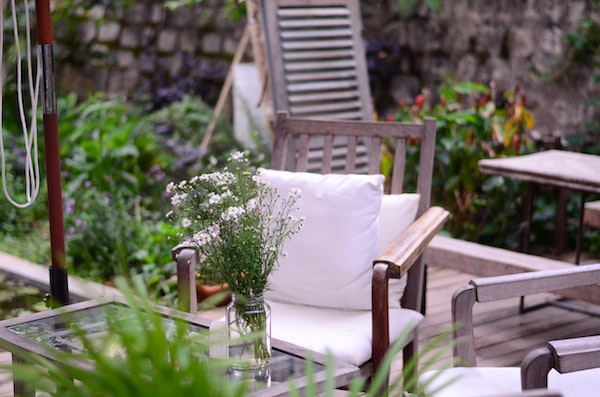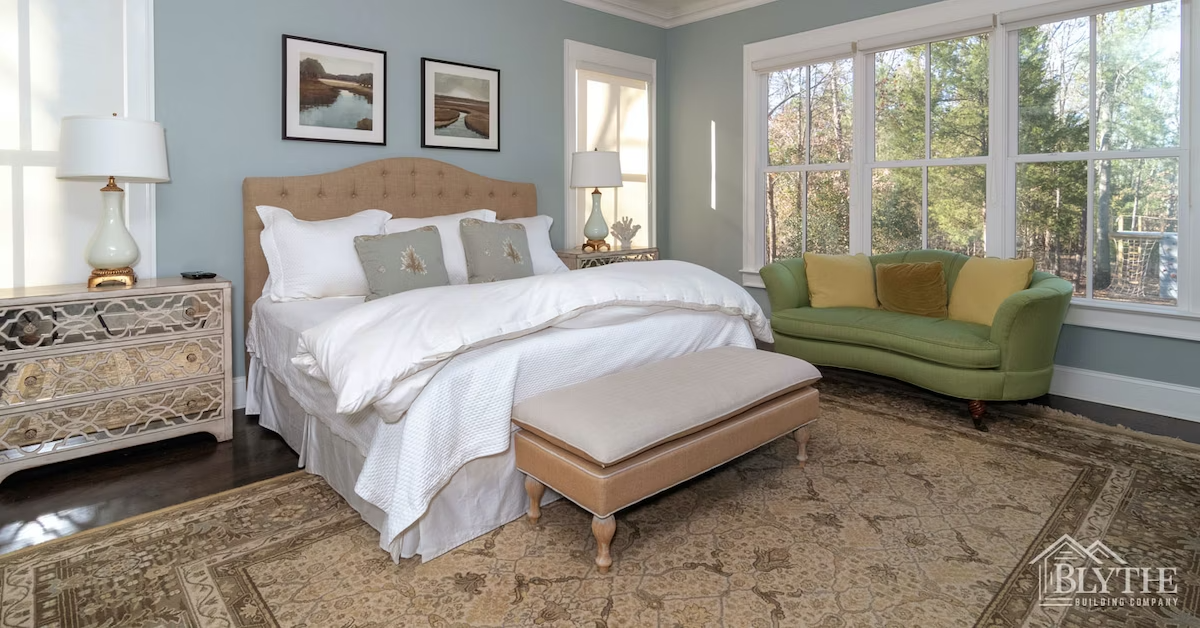Multi generational homes are becoming increasingly popular. More families want to care for their aging grandparents or elderly parents at home as long as they can before their loved ones need to move to assisted living. These homes are also perfect for families who have adult children who want to live with their parents. Or they can even be used for other loved ones, friends, or family members.
We’ll address possible different living arrangements that might work for your family toward the end of the article and considerations before agreeing to live with extended family.
7 Benefits for living with multiple generations in one home
1. Financial benefits
Generations can pool resources financially to have a much more comfortable, luxurious home together than they could separately. It is much less expensive to maintain one residence than two (or more). The various adults in the home can split utilities, housing costs, yard maintenance, and many other shared living expenses.
This gives you greater energy efficiency which helps your family leave a smaller carbon imprint. It also makes it easier for people to save more money for other important things like retirement, memorable vacations, contributions to charity, college funds, and more.

2. Emotional/relationship benefits
Great-grandparents, grandparents, parents, and children can develop a rich bond together as they live together. This is especially true if they have a living arrangement that is well-designed for each person’s specific needs, personality, and preferences. There are so many more opportunities to interact, connect, and really get to know and love each other well.
This situation is not ideal for every family. But there are families that would feel life is enriched and infinitely better when they live together.
3. Better division of labor
Multiple generation living can be a blessing to grandparents who get to see their grandchildren much more. Maybe they even want to help with mentoring, homework, or child care. It’s also a help for adult children and their parents to be able to assist each other with chores, cooking, shopping, pet-sitting, technology issues, yard work, house-sitting, and other needs.
Often the younger, more able-bodied adults can do the more strenuous physical labor and the older ones can handle less physically demanding activities that may be too time-consuming for the young adults.
4. Less strain on the family caregiver
If the family caregiver has a parent/grandparent who is in poor health who doesn’t live with them, it can be extremely stressful. Travelling back and forth to the parent’s home to care for them and their home while they also try to juggle their own home and family is tough . Even if the parent is just thirty minutes across town, that is an hour per day of commuting time that adds stress to the family caregiver and his/her family.

5. Younger children learn the value of family and teamwork.
Children benefit, as well, because they get to develop such close ties with their grandparents and maybe even great-grandparents. They learn that everyone does their part to pitch in and help everyone else. They get to experience a lot more of their grandparents’ perspectives and love. This helps them appreciate the wisdom and experience of older generations and broadens their worldview in healthy ways.
6. Better quality of life for everyone
Loneliness is a major problem for every generation in our society today. But when extended family lives together, the older adults feel needed, engaged, loved, and important. Children have much more support, guidance, and time with loved ones.
Parents don’t have to feel so alone in parenting and in the responsibilities of raising their children. Everyone feels less isolated. With healthy family dynamics in place, this can be a win for everyone.

7. Improved safety and security
With more people living in the home with different schedules security is better. Someone is generally home to watch out for the house and to make sure the home is not empty. An empty home is more attractive to would-be-burglars.
And with adult children and grandchildren around, aging parents or grandparents can get help much more quickly if they have a fall or a medical emergency than they could if they lived alone.
Considerations when building for multiple generations
- Each generation needs a certain level of privacy and space to call their own where they can get away from other activity in the household. If people feel too “crammed in together,” that can be a recipe for tension.
- It’s wise to incorporate Universal Design so that accessibility issues won’t be a problem for aging parents or anyone in the family who may have a physical disability.
- It would be ideal for each generation to have private outdoor access so they can come and go without disturbing others in the home.
- Each generation may like to have their own private decks, patio, and/or yard space.
- Evaluate how much garage space, parking, and storage each person will need.

Multi-generational living arrangement options
- Dual master suites (a “mother-in-law suite”) with common living areas and a common kitchen. This may be especially helpful if the older generation is helping a lot with cooking or child care for the younger generation.
- Multiple master suites with multiple common living spaces in the same home.
- A duplex or town home style living arrangement. If the extra unit is no longer needed for the family, it could be rented out or sold.
- A full apartment in basement so that each generation has its own floor of the house.
- A guest house in the backyard.
- A full “in-law apartment” over a separate garage in the backyard.
- Two separate houses on adjacent lots or on the same lot with a walkway or breezeway in between.
You can buy an existing home and try to find one with a floor plan that will suit your family’s needs. This may be less expensive upfront, however, the costs could dramatically increase if you need to renovate the house or add on to properly accommodate everyone’s needs and lifestyles. A previously-built home that worked for a family with one elderly parent may not be as ideal for your family if your situation is different.
This is why many families opt to build a custom home instead of buying a home that was previously owned. A custom home allows incredible freedom to create the perfect floor plan for your family.
Of course, you can talk with your home builder about zoning laws and building codes as you think about which arrangement might work best for your family’s particular situation.
Building a multi-generational custom home is not for every family, but it may be the perfect solution for a family who is interested in combining resources now or who wants to prepare for that possibility in the future.
Home builders in SC are up to the challenge!
A custom home builder can help walk you through the building process to help you find the perfect multi-generational home for your family’s specific needs.
Related
Designing a Multi-Generational Home
Top Six Reasons to Choose a Custom Home Builder
How Would You Build Your Custom Dream Home?
10 Financial Mistakes to Avoid When Building a New Home
Building a Pet-Friendly Custom Home
RESOURCE
For great additional information on aging in place, please see this article by caring.com. A Guide to Aging in Place.







